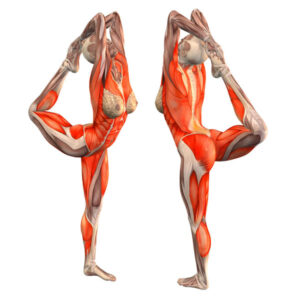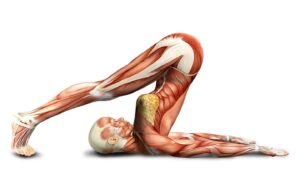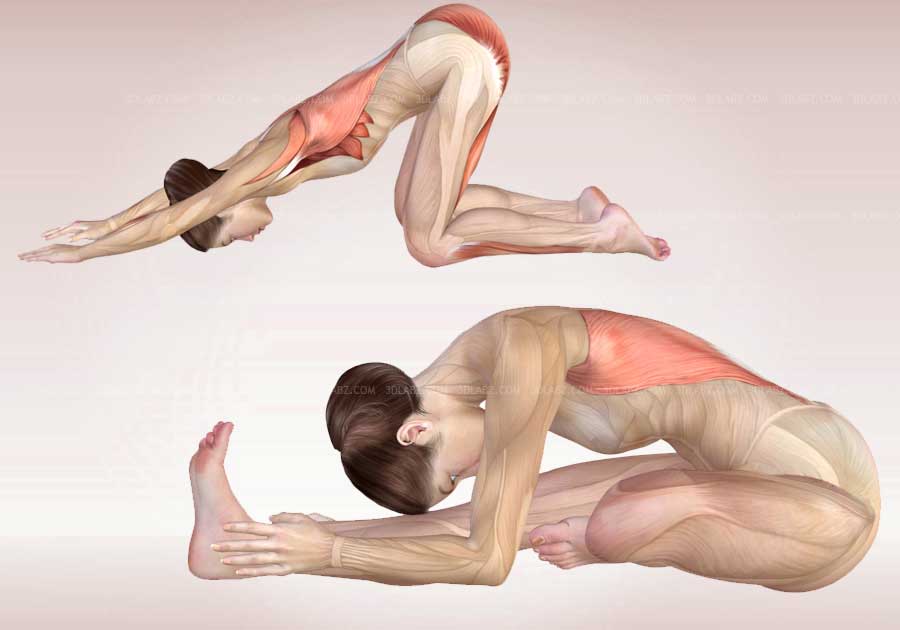Anyone can practice yoga for example https://www.julianalucky.com/post/10-top-yoga-books-for-kids. It doesn’t matter if he is old or young, healthy or sick, thin or fat, strong or weak, male or female, everyone can benefit from the ancient teaching. Unless a lazy person can do yoga, because it requires patience, perseverance, discipline and regular practice.
It is also important to understand that yoga is not only

about performing asanas. The spiritual aspects of this teaching bring about as much benefit to the practitioner’s life as physical exercise for the body. And the concept of perfection when performing asanas is very vague. What is ideal for some may be primitive for others.
To a beginner in yoga (especially if a person has never been physically active), any asana in his performance will seem far from ideal. You should not compare yourself with someone: yoga is not a competition, but a purely spiritual practice that helps to achieve harmony with oneself. And if the form of the asana looks perfect in the performance of an instructor, an Indian guru, a neighbor on the rug in class, then this is the result of regular and many years of practice, and not an indicator that this person is better at yoga. Although, of course, some features of the structure of the body can affect how the asana will look when performed by different people.
At the beginning of the path of yoga, anatomical nuances are not at all noticeable. It is enough for an inflexible and weak person to bend a little (bend, turn, etc.) – as all muscles, ligaments and joints are involved in the work, the existence of which he, perhaps, did not even suspect. In this, by the way, one can see a great advantage for beginners: with minimal movements, it is possible to get such a result from the practice, to achieve which an advanced yoga will have to bend and sweat very much. In this case, the length of the limbs, excess weight, etc., have little effect on the shape of the asana: after all, in order to fully master the pose, the beginner will still have to develop flexibility or strength.
Another thing is with advanced practitioners. When all the muscles and ligaments are well stretched, the joints are mobile, anatomical features may well cause a non-ideal form of the asana. It is worth making a reservation that it is much more important to use the right muscles, to influence the corresponding organs in the yoga pose, than to strive to reach with any part of the body to another.
Short arms are often the main problem for many intermediate to advanced yogis. It is much more difficult for such people to master many asanas: dandasana, almost all balances on the hands, postures with the grasp of the wrist of one hand with the other behind the back (all marichiasans, pashasana), badha padmasana, etc., as well as rebounding back in Ashtanga viyasa yoga. With short arms, it is more difficult to be in viparita karani or sarvangasana (less area of support on the forearms). Natarajasana and other asanas, where it is required to fully expand the arm at the shoulder joint in order to grasp the foot behind the back, are also quite difficult for short-armed ones. It should be noted that basically this disadvantage affects the effectiveness of the performance of the pose, but not in any way on its effect on the body. Yes, the above asanas are easier for long-armed ones, while the rest simply have to work harder and longer to perform them. If you managed to get off the floor a little, performing balance on your hands, or grab one hand with the other behind your back, then the asana can be considered mastered.
The second anatomical problem is clearly visible when performing marichiasana A. It is important to understand that this is primarily a forward lean, which has a corresponding effect on the body. Whether the buttock of the bent leg is pressed to the floor is of secondary importance. Most people have a shin that is longer than a thigh, so they simply won’t be able to firmly press the ischial bone of the bent leg to the floor, no matter how hard they try. It is much more important in this asana to stretch the back, perform a tilt, bending at the hip joints, and keep the pelvis straight.
this is primarily a forward lean, which has a corresponding effect on the body. Whether the buttock of the bent leg is pressed to the floor is of secondary importance. Most people have a shin that is longer than a thigh, so they simply won’t be able to firmly press the ischial bone of the bent leg to the floor, no matter how hard they try. It is much more important in this asana to stretch the back, perform a tilt, bending at the hip joints, and keep the pelvis straight.
For many long-legged people, it is not possible to forward straight legs from adho mukha svanasana (downward-facing dog). If you do this cross-legged vinyasa, the practice won’t get any worse. The main thing is to use the bandhas correctly and use the strength of the hands. Also, if the legs are very long, then in paschimotonasana and its variants, other forward bends while sitting, it is difficult for a person to grasp the wrist of one hand with the other behind the feet. For some, in this position, it is possible to reach with their nose to the toes, which is possible only due to the fact that these people have a rather long body and not very long legs. When all the muscles and joints in paschimotonasana are engaged correctly, it will certainly be effective even if the hands are on the shins.



